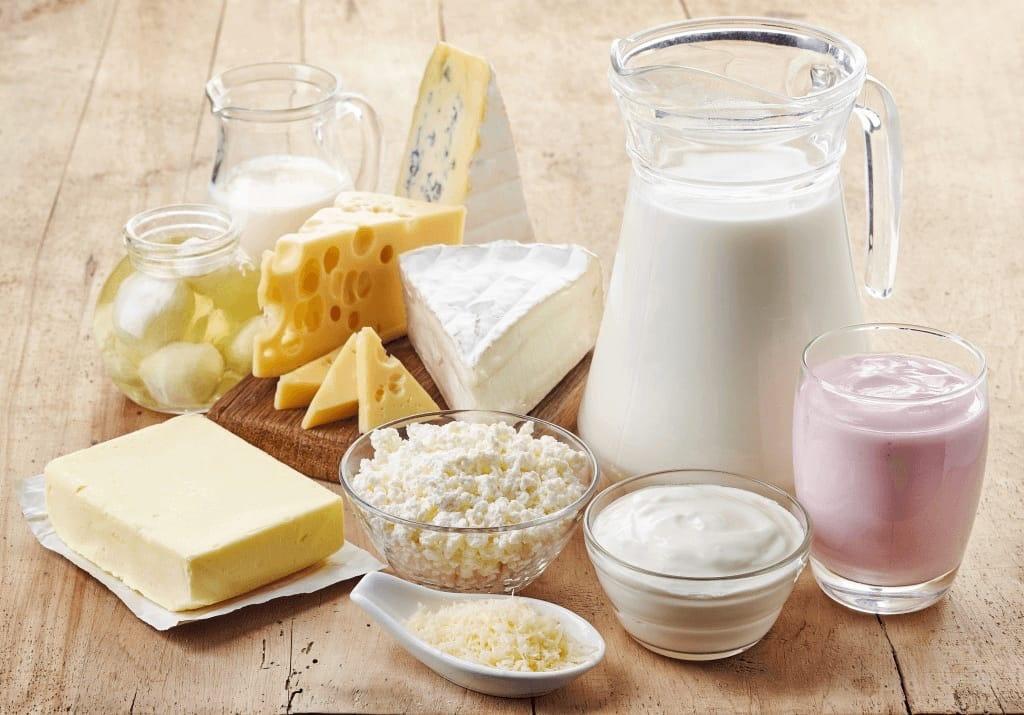The dairy sweetener market has undergone significant transformation in recent years, owing to increasing consumer demand for healthier, more sustainable alternatives in dairy products. With an increasing focus on reducing sugar content while still retaining the desired sweetness and flavor, the market for dairy sweeteners has evolved into a multi-faceted space. This article explores the scope of the dairy sweetener market, current trends, and projections for growth, as well as key players and market drivers shaping the industry.
Rising Health Consciousness Drives Market Growth
In recent years, consumers' growing concerns about health and wellness have led to an increased demand for sugar substitutes in various food and beverage products. The dairy industry is no exception, with dairy manufacturers innovating to meet the demand for low-calorie and low-sugar products that retain the flavor and texture of traditional dairy options. This trend is driven largely by the need to manage lifestyle diseases such as diabetes, obesity, and cardiovascular conditions, which are often linked to high sugar consumption.
The demand for dairy sweeteners is expected to grow steadily as consumers adopt low-calorie, natural alternatives, and as food manufacturers continue to explore sweeteners derived from natural sources such as stevia, monk fruit, and erythritol. This growth is complemented by a broader trend toward clean label products—those that include minimal, easy-to-understand ingredients—which also plays a role in the popularity of naturally derived dairy sweeteners.
Types of Dairy Sweeteners
There are a wide variety of dairy sweeteners available, and their use in dairy products often depends on their functionality and consumer preference. Some of the most popular sweeteners in the market include:
-
Artificial Sweeteners: These include synthetic compounds like aspartame, saccharin, and sucralose. Artificial sweeteners are typically used because they offer significantly lower calorie content compared to sucrose (table sugar).
-
Natural Sweeteners: Derived from plant sources, natural sweeteners like stevia, monk fruit, and agave nectar are considered healthier alternatives. They offer the benefit of being low-calorie and are often perceived as healthier by consumers looking for more organic options.
-
Sugar Alcohols: These sugar substitutes, which include erythritol and xylitol, provide a sweetness similar to sugar without the calorie load. Sugar alcohols are commonly found in sugar-free dairy products.
-
Honey and Maple Syrup: These are popular sweeteners in artisanal and organic dairy products, as they are less processed than table sugar, and offer unique flavor profiles that consumers find appealing.
-
Dairy-Based Sweeteners: Derived directly from milk or dairy products, this category includes lactose (the natural sugar found in milk). While lactose itself isn’t a low-calorie option, it remains popular in dairy products due to its natural origin.
Market Trends and Drivers
The key factors influencing the dairy sweetener market include the growth of vegan, vegetarian, and plant-based diets, which have also increased the demand for dairy alternatives. Many plant-based dairy substitutes, such as almond and oat milk, require sweeteners that mimic the taste and mouthfeel of dairy products while maintaining a cleaner nutritional profile. Furthermore, innovation in the form of high-intensity sweeteners continues to broaden consumer choice, creating an evolving market landscape.
Another significant trend is the regional demand shift. In developed regions, like North America and Europe, consumers are becoming more educated about the negative impacts of sugar on their health and are opting for sugar substitutes. Meanwhile, emerging markets, especially in Asia-Pacific, are witnessing an increased consumption of dairy products, driving demand for dairy sweeteners in these regions.
Finally, the regulatory environment plays a key role. Policies focused on reducing sugar consumption, especially in countries where obesity rates are climbing, will continue to push the development and adoption of dairy sweeteners. Governments around the world are gradually introducing taxes on sugary drinks, encouraging the food and beverage industry, including dairy manufacturers, to reformulate their products using alternatives.
Market Challenges
Despite the promising prospects of dairy sweeteners, there are significant challenges. For instance, consumer concerns about the health implications of consuming artificial sweeteners remain high, even though regulatory agencies have deemed many of them safe. There is also the challenge of balancing taste and cost-efficiency. While natural sweeteners often appeal to health-conscious consumers, they are sometimes more expensive than synthetic alternatives, presenting a dilemma for manufacturers aiming to cater to price-sensitive market segments.
Additionally, some dairy companies struggle with consumer acceptance of new sweeteners due to taste and texture issues. Achieving the right balance of sweetness without compromising the sensory qualities of dairy products remains an ongoing challenge.
Future Outlook
The dairy sweetener market is expected to continue expanding over the next decade. As more consumers embrace healthier eating habits and seek products with lower sugar content, the demand for innovative sweeteners is set to rise. As manufacturers adapt to changing tastes and regulatory requirements, we anticipate a diverse and dynamic landscape for dairy sweeteners, with natural alternatives seeing stronger market penetration.



